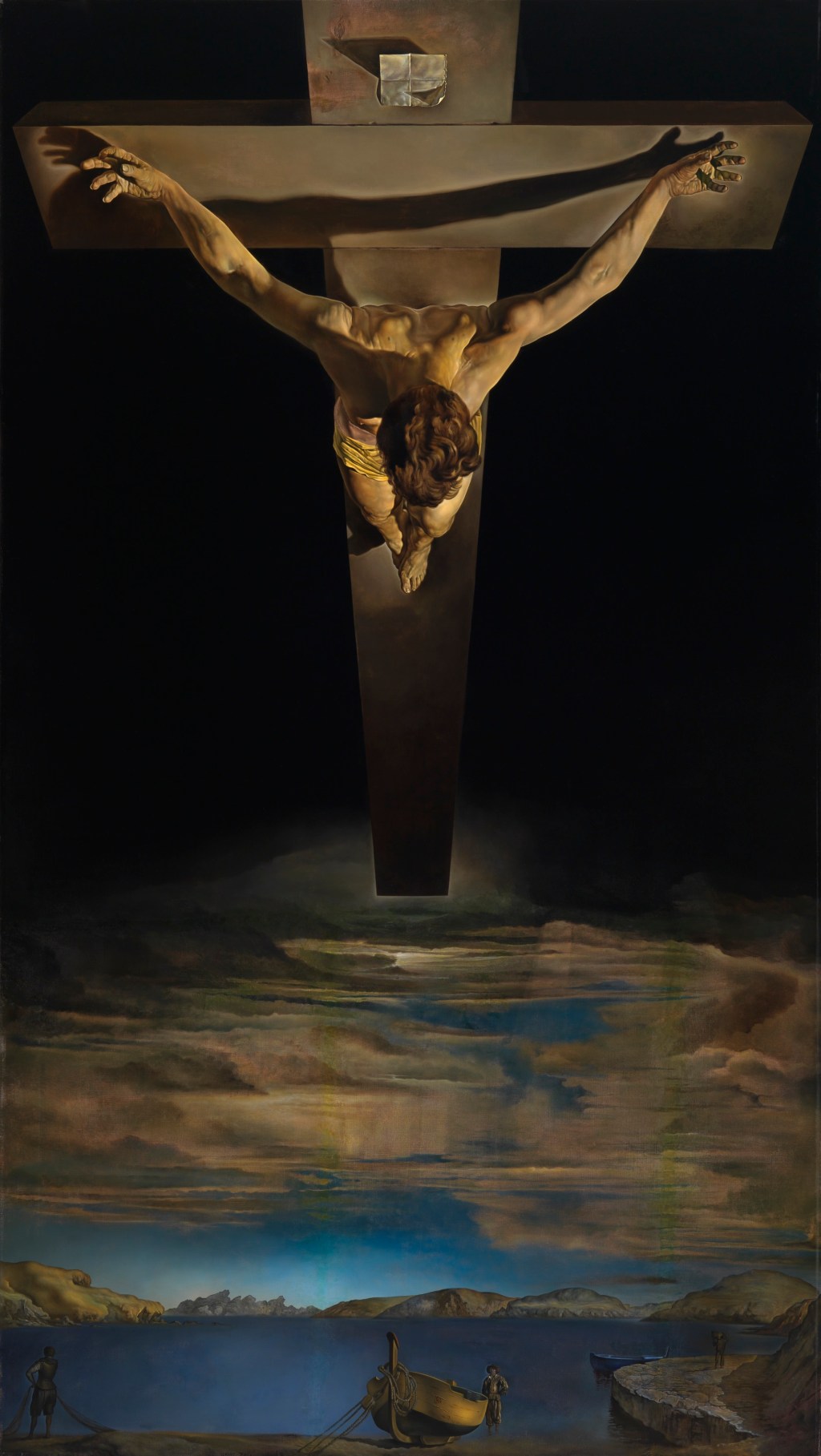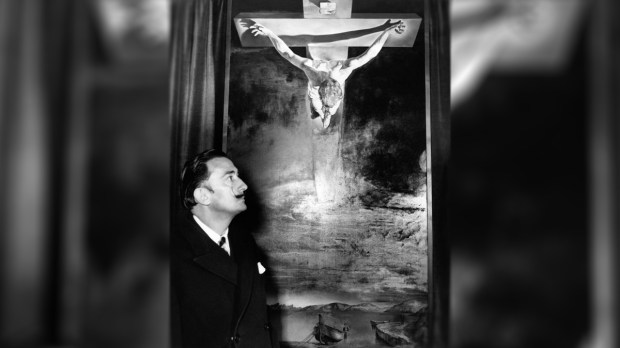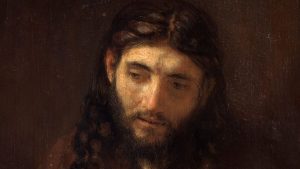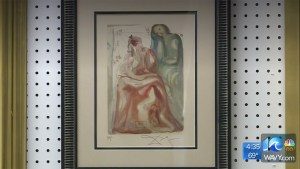Salvador Dalí’s exceptional painting, The Christ is also known as Christ of Saint John of the Cross. It is, if you will, the artist’s own version of the noted sketch that the Carmelite saint once drew. The painting has not visited Spain since 1952. Now, thanks to a loan from the Kelvingrove Art Gallery and Museum, it will go back to the Iberian Peninsula – although only for a few months.
A special exhibition has been prepared for the occasion. It’s called “Dalí: The Christ of Portlligat.” This showcase by the Gala-Salvador Dalí Foundation offers a unique opportunity to delve into the artist’s creative process and the influence of his surroundings – Catholic mystics included.
Displayed in a specially designed space in the Dalí Foundation in Portlligat, the painting unveils Dali’s deep connection with the landscape, his studio, and the influence that mystics from the Spanish Golden Age had on his work – John of the Cross in particular. The exhibition provides insights into the artist’s creative journey, incorporating new archival materials previously unseen.

The Christ is presented alongside another one of Dali’s pivotal works, Basket of Bread (1945), enriching the understanding of both paintings in a (perhaps surprising) explicitly Catholic manner. Dali’s intent to link Christ with the sacrament of the Eucharist and infuse classical religious themes with innovation is evident in the formal composition, including the intentional lighting that gives a sculptural quality to the figures.
Painted in 1951, The Christ marks a transition between two phases in Dali’s artistic evolution, incorporating explicitly religious themes from his own Iberian tradition – again, the Spanish 17th and 18th centuries in particular. The painting, set in Portlligat Bay during twilight, captivates viewers with its intricate geometry and intense blue hues, offering a unique perspective on the Passion of Christ.
The masterpiece invites contemplation, and is thus presented in isolation, surrounded by dark red curtains, emphasizing its iconic allure. As Tom Honeyman notes in the article published by the New Barcelona Post, the exhibition “aims to evoke a profound emotional response, inspiring awe in a significant number of visitors as they engage with Dali’s extraordinary artwork.”




